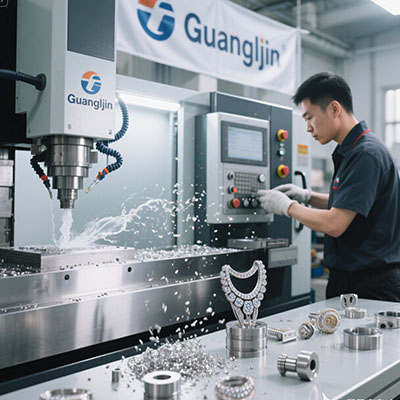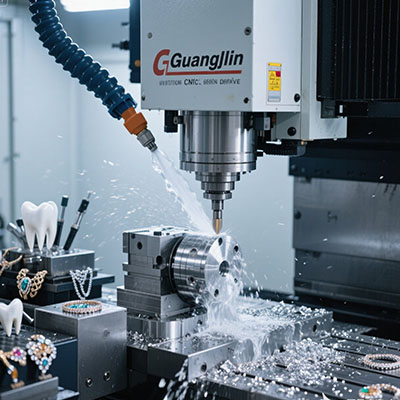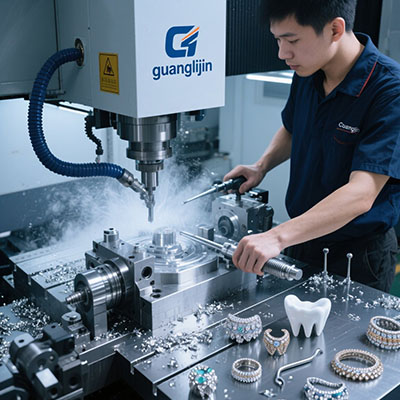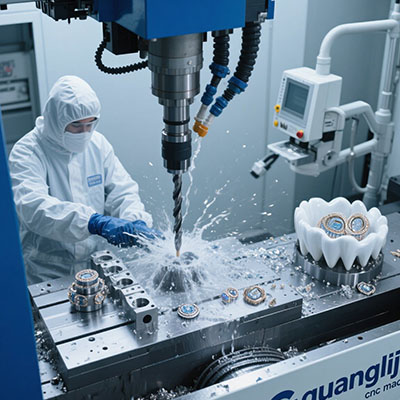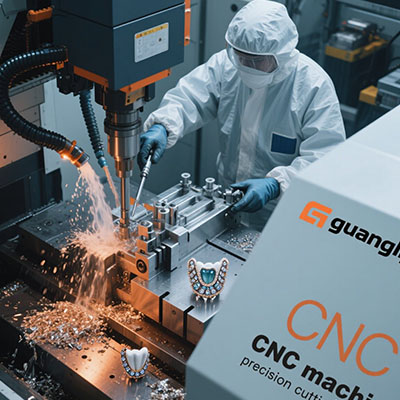What Is CNC Milling Machine? Industrial Cutting Solutions
CNC Milling Defined: The Backbone of Modern Manufacturing
A CNC milling machine is a computer-numerical controlled system that automates precise material removal. According to Manufacturing Global (2024), the CNC milling market will reach $25.6 billion by 2026, growing at 6.8% annually.
When we upgraded to a CNC milling machine last quarter, our aerospace parts production doubled while maintaining 0.001″ tolerances consistently.
How CNC Mills Transform Industrial Cutting
Traditional vs CNC Milling Comparison
| Parameter | Manual Milling | CNC Milling |
|---|---|---|
| Precision | ±0.01″ | ±0.001″ |
| Speed | Moderate | 2-5x faster |
| Complexity | Limited | 3D contours |
Surprisingly, CNC mills actually reduce material waste by 30-50% compared to manual operations.
5 Critical Components of CNC Milling Systems
- Machine Frame: Heavy-duty casting absorbs vibrations (look for 15,000+ lb weight)
- Spindle: Heart of the system (20,000 RPM for aluminum, 8,000 RPM for steel)
- Control System: Converts CAD designs to machine movements
- Tool Changer: Automatic systems hold 20-60 tools
- Coolant System: Essential for heat management and chip removal
⚠ Warning: Never compromise on spindle quality – it accounts for 60% of machining accuracy.
Industrial Applications That Will Surprise You
Modern CNC machining centers create components for:
- Aircraft turbine blades (tolerances within 0.0005″)
- Medical implants (biocompatible materials)
- Automotive transmissions (high-volume production)
- Mold making (complex 3D surfaces)
The American Machinist reports 92% of manufacturers now use CNC mills for critical components.
CNC Mill Selection Checklist
Check spindle torque at working RPMs
Evaluate control system usability
Confirm local service availability
Test-cut your specific materials
Pro tip: The “sweet spot” for most shops is a 40-taper spindle with 15+ HP.
CNC Milling FAQs
1. What’s the difference between CNC milling and CNC turning?
Milling uses rotating tools on stationary workpieces, while turning rotates the workpiece against stationary tools.
2. How long do CNC milling machines last?
Quality machines operate 10-15 years with proper maintenance.
3. Can CNC mills work with wood and plastics?
Absolutely – just adjust speeds and use appropriate tooling.
4. What training is needed to operate CNC milling machines?
Basic G-code understanding plus machine-specific training (typically 40-80 hours).
